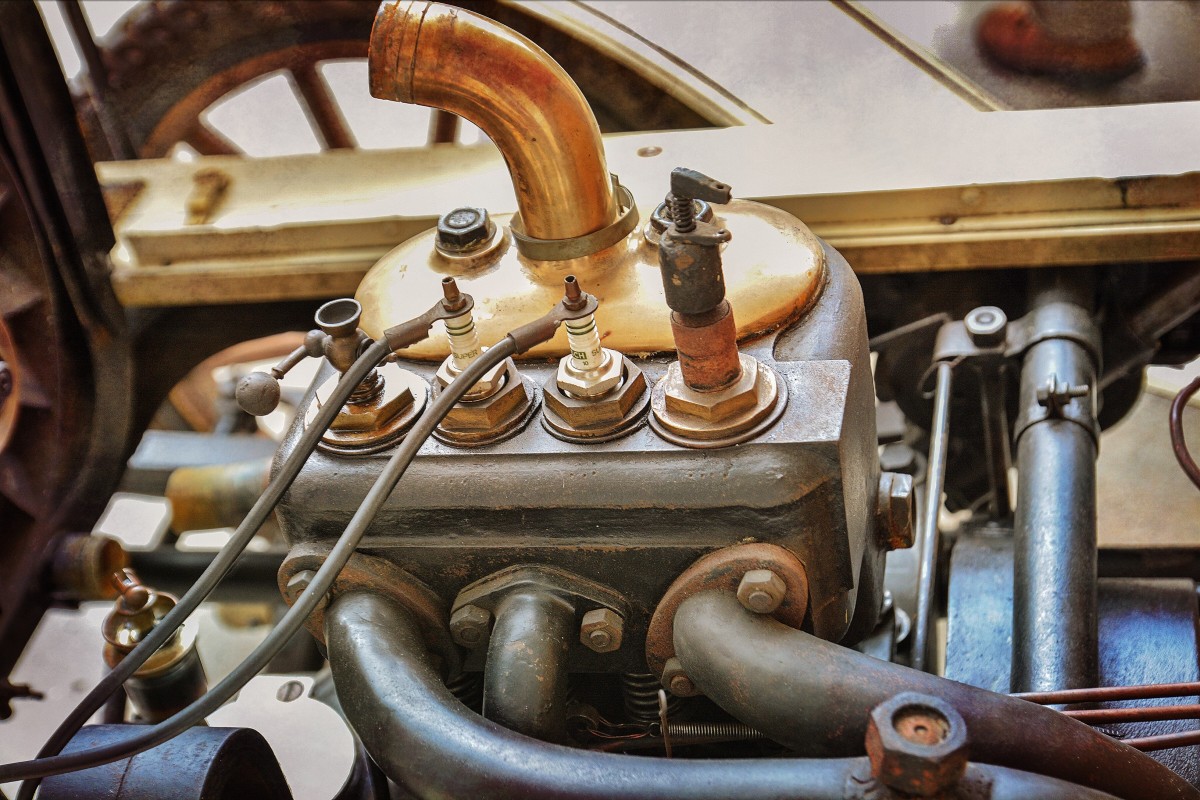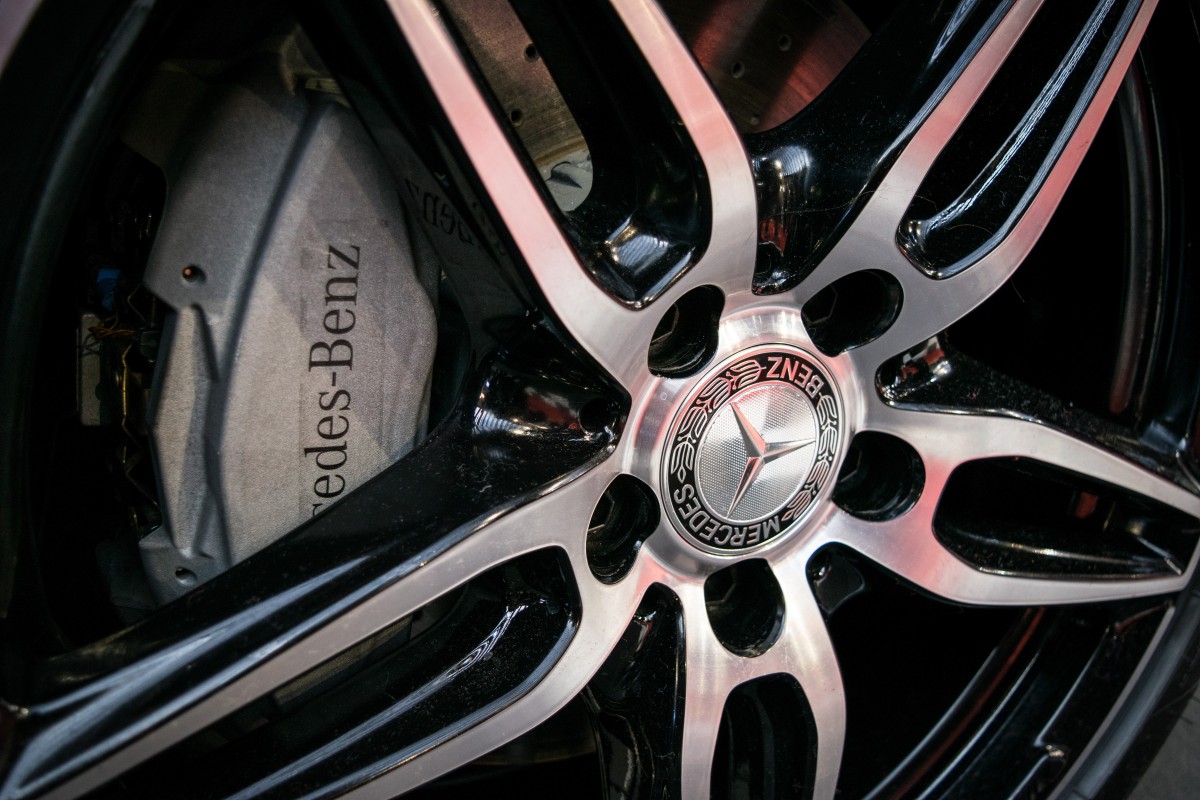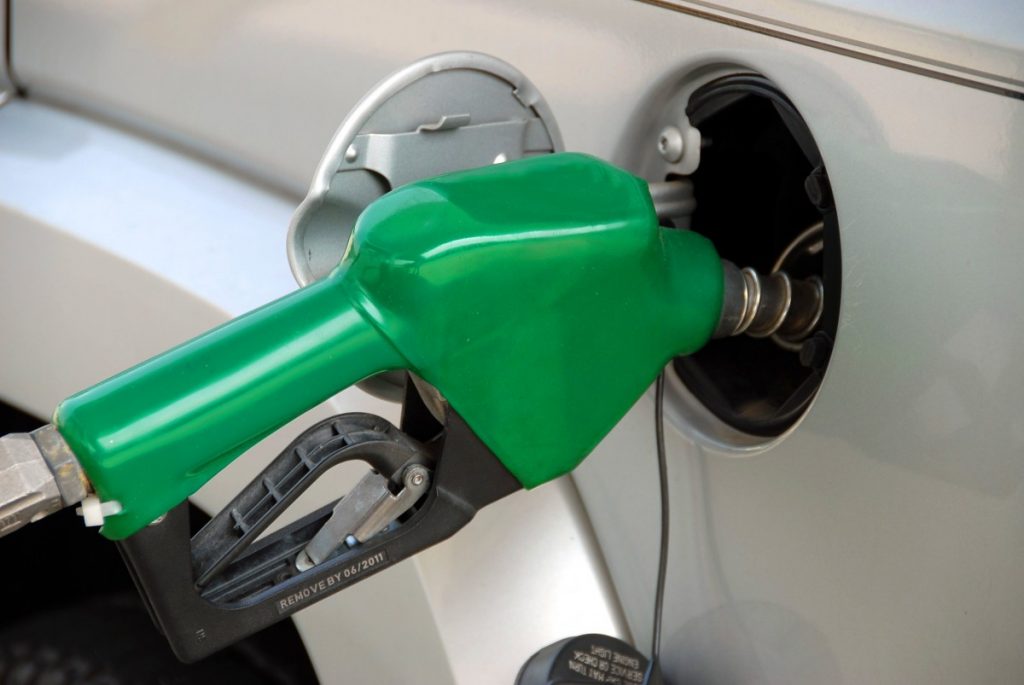Are you going to the gas station more often these days? Your car seems to be thirsty on gasoline, yet you have not changed your driving habits while your itinerary has stayed the same every day. Then, something is causing your car to consume more than usual. Following a recent post on Causes of Bad Gas Mileage, this new post will describe some more reasons to help you find out the culprit.
Check your spark plugs.

On a car running with spark ignition, the spark plugs’ excellent condition guarantees optimal engine operation, especially in the case of LPG and compressed natural gas (CNG) engines.
Manufacturers’ recommendations extend the time between overhauls to 60,000 km. In the event of a sudden misfire or poor starting, the spark plugs can be checked relatively quickly with a minimum of cleanliness and precautions:
– Locate the spark plugs, and to avoid making a mistake, remove them successively with the specific tool. This will prevent introducing an external element into the cylinder through the spark plug well, which must be sealed with a small plug. This can be done with a piece of tissue, for example.
Dismantle it carefully because your candles’ white ceramic is very brittle, and breaking it is fatal.
For a possible cleaning, ideally use sandblasting or, failing that, a toothbrush, but never its metal workshop version: you can check and reduce the gap between the electrodes and then spray brake cleaner in aerosol form to clean this working area with the brush. For outdoor use, use a dry solvent, then wipe it off immediately with a clean disposable cloth, nothing more.
Before screwing it back in at the recommended (low) torque, in order not to crush the gasket too much, do not forget to clean the bottom of the often dirty and greasy spark plug well with a cotton swab soaked in the same brake disc solvent.
If you do not see any improvement after reassembly, have a real diagnosis made or change your spark plugs with new ones of the same brand and reference.
Good to know: to be checked even on new spark plugs, the gap between the two electrodes on the engine side, at the bottom of the spark plug, must be the one prescribed by the manufacturer. It is indicated in the operating and maintenance manual of your vehicle. In general, this value is only 0.7 to 1.5 mm, and an excess will be detrimental to a good start. To check it, you will need a gauge or a set of universal shims that can be easily purchased at an auto center. On the adjustment side, never hit the external metal electrode but bend it gently and parallel to the metal electrode.
Resistant brakes?

A car can also become more fuel-hungry if one of the four brakes remains active, even if only slightly. It’s not always easy to tell when you’re driving unless you hear a continuous low-pitched whistle between walls.
In this case, one of your brake callipers may be seized by winter salt spray and lack of maintenance. To find out for sure, proceed as follows:
– Raise the car with your jack, at the front, after putting chocks on the other wheels, and turn the front wheel by hand: it must turn freely without a hard point. Check the other front wheel in the same way.
Repeat the rear’s operation, taking care to wedge the front wheels with a bevelled wedge or cinder block. The rear wheels should also rotate smoothly.
If you find that one of the wheels is difficult to turn during testing, you have found one of the causes of your overuse.
– There is brake cleaner or non-greasy solvent sprays that can be effective without disassembly. Before taking the car in for repair, spray generously on the brake behind the jamming wheel.
– Otherwise, try to maneuver the brake pads by gently pushing them back with a large flathead screwdriver without damaging the fragile lining! Otherwise, you will have to change your pads in pairs and per axle (on the opposite wheel).
Caution: never spray anything else than brake, clutch or chain cleaner, and above all, do not spray any greasy solvent like a degreaser! The brake would no longer be effective on the wheel where you applied the product, which could cause a dangerous swerve when braking.
A well-maintained vehicle will benefit from optimized fuel consumption. For more information, here is everything you need to know about car spark plugs. You can also find more similar posts on cars-vehicles.net.



3 thoughts on “What Causes Poor Fuel Economy?”